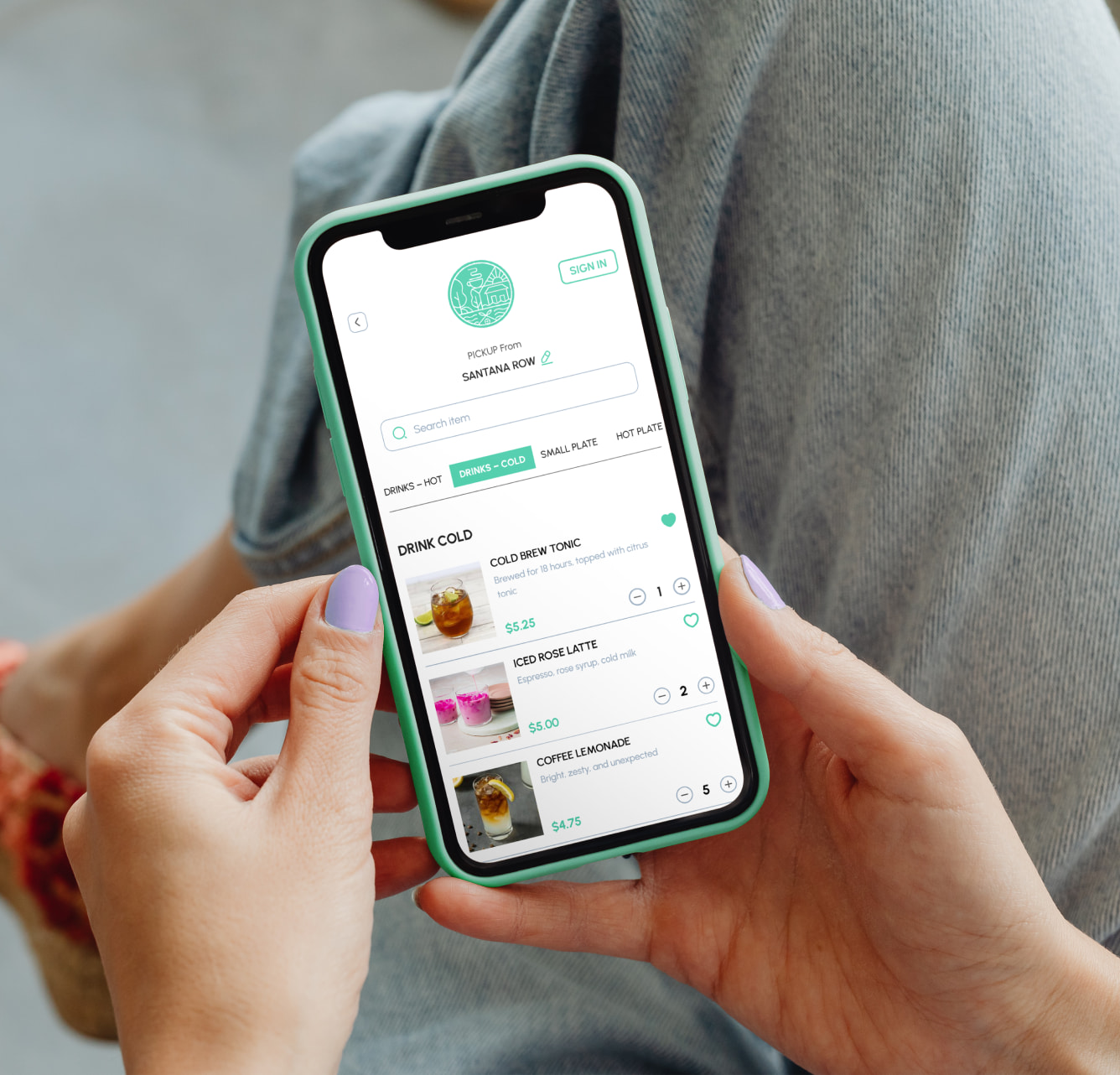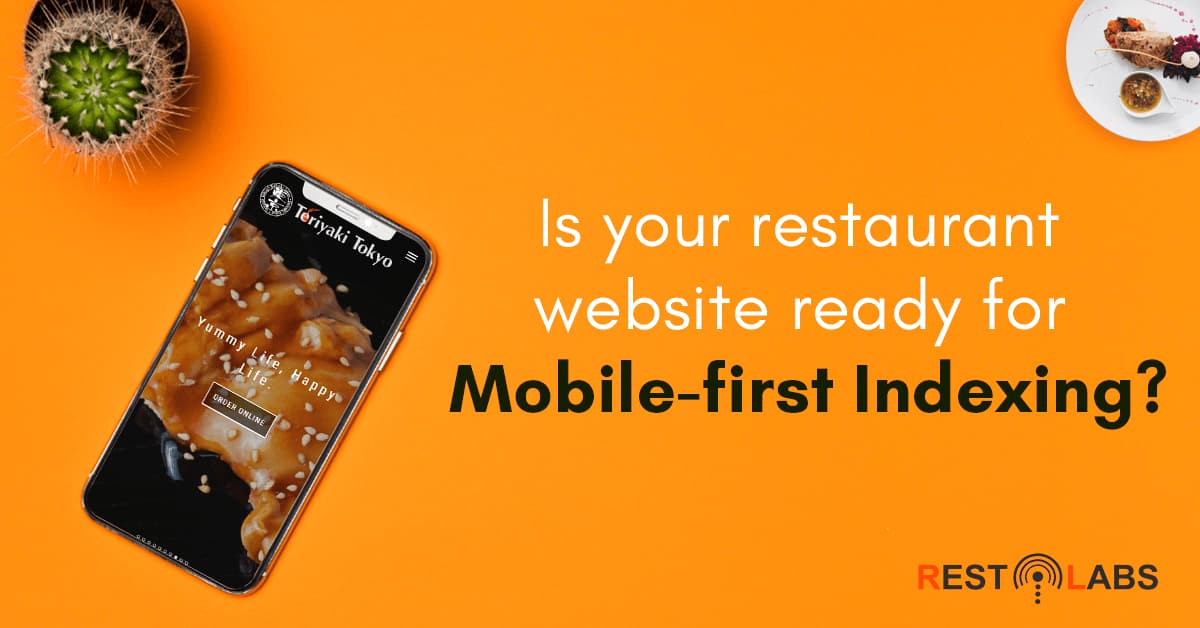Key Takeaways
93% of online experiences begin with a search engine and in 2020, 211 million of these searches will come from mobile phone users in the United States. Search engines have long dominated the way consumers seek information, and now these inquiries are increasingly coming from mobile devices. Everything from daily news to shopping and restaurant information is sought on-the-go by today’s digital-savvy customers, giving mobile phones a distinct ubiquity.
Acknowledging this phenomenon, Google announced in early 2018 that they would make their index mobile-first so as to make their results more meaningful to users. Let’s explore closely what this implies for restaurant owners and why mobile-friendly websites should be a top priority this year.
What is mobile-first indexing?
While most modern customers were using Google on mobile devices, the tech company’s ranking systems still typically looked at the desktop version of a page’s content to evaluate its relevance to the user. This meant that Google’s algorithms were not evaluating the actual page that was seen by a mobile searcher. This led them to roll out mobile-first indexing in July 2019.
Basically, after the introduction of mobile-first indexing, the mobile version of a website is considered first and foremost for indexing and ranking on Google. Prior to this, Googlebot predominantly crawled and indexed desktop sites but the pervasive use of mobile devices has forced the tech giant to alter their practice.
The mobile-first index is not a separate index. Google has enabled only one index from which it serves the results. In short, if you have a mobile-friendly site, Googlebot will crawl this site, but if you don’t, it will still crawl the desktop site as usual. However, if you have a mobile-optimized site, you will rank higher on both mobile and desktop searches. Whereas, only having a desktop version will lead to a fall on the overall rankings on the search engine.
Henceforth, it is important to build a responsive mobile-optimized site as a drop in Google rankings will undoubtedly affect your business in a big way as 80% of customers who search for food on their mobile device end up placing an order, with 64% doing so within the hour.
Checklist to prepare your restaurant website for mobile-first indexing
So now that you’ve understood what mobile-first indexing is as well as it’s significance to your business, here’s a list of critical points to take account of when getting your restaurant website for mobile-first indexing.
Responsive design
If you don’t have a mobile-friendly website at the moment, you need to get one right away!. Google places massive importance on responsive web design, which is essentially a website designed to automatically adapt to different devices used by a visitor to open the site. A responsive website will function perfectly whether viewed on a desktop, a tablet or a mobile phone and the user will have the exact same experience of it regardless of the electronic device employed.
Not sure where your website is or if it’s ready for Mobile-first indexing? To confirm if your website is responsive you can use Google’s mobile-friendly test tool, which will inform you of any issues on your site and what pages need tidying up. Or simply, check out our handy guide on the elements of a good restaurant website.
Content Parity
Your restaurant mobile website should have all the high-quality, valuable content that is on your desktop site.
On its best practices page for mobile-first indexing, Google clearly mentions that ‘your mobile site should contain the same content as your desktop site’. So when trying to adapt the communication for the mobile, try to keep it similar to that of your desktop website. In addition to this, title tags and meta descriptions should be the same for both versions.
In case you want to make a few changes to keep the mobile web site light, ensure that at least the core message and the keywords related to it must symphonize. This will ensure Google that the webpage is appropriate for the purpose intended.
Mobile-first content
When designing the restaurant’s website, keep in mind the requirements of those 80% users that are looking up for a business like yours on their mobile devices. Whether it’s text, graphical presentation or video that you would like to utilize to communicate with your customers, make sure that it is optimized for small screens as well.
For instance; a menu description with long phrases may not be suitable for mobile viewing. Likewise, loading a video masthead on a mobile that looks too small and requires extra bandwidth to download can instantly turn off the user.
To beat the competition in mobile indexing, you would have to tailor the content as well as the way it should be presented to make it suitable and easy for mobile screens. Make sure all the content is crawlable and visible on mobile devices.
Seamless user experience
How fast does the web page load on a mobile device? Is any aspect of your mobile website difficult to navigate on a mobile device?
User experience on a desktop site varies from that on a mobile device. For seamless mobile user experience, there are some key details to remember. You're working with less screen space so things like highlighting your calls to action, using clear typography, having a distinct search option are all important.
Page speed is another critical element for smooth user experience, besides fast sites also rank better in search engines. In order to speed up your mobile site, you can optimize images, reduce redirects and enable browser caching among other things. Remove anything that is not necessary to the page.
Do you not have a mobile-friendly version of your website at all?
If you are still contemplating whether or not you should get a mobile-friendly website for your restaurant, truth be told, you might be in a very dire situation. The first question to ask yourself is how much does a restaurant rely upon web traffic to drive traffic on the website? And the answer is simple, A LOT! Read about our study on the increasing reliance of consumers on mobile and
Need help preparing your restaurant website for Google’s mobile-first index? Connect with our team today and we would love to make sure that you are well prepared for the mobile shift.
Frequently Asked Questions


.gif)








